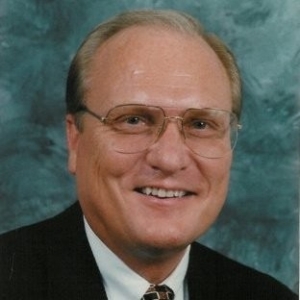Managing for Success
Managing for Success
Guest writer Arlen Swenson takes readers through what makes or breaks a product in the market with his blog post, “Managing for Success.”
Managing for Success
Most of us look for ways to be successful in our work and business careers, but what are the basics of getting there and then exceeding and continuing with that success? In most cases it depends on your approach to each situation and whether you solicit and gain input from others.
Certainly, you may already have good knowledge on a variety of subjects and management techniques, however it is always good to verify and insure you are up to date and aware of changes in the markets you serve and possible new areas of growth opportunities.
Checking new areas of growth opportunities is what I call developing a Pathfinder’s Mentality. In its simplest form is having an inquisitive mind about what is happening in your business and what changes or opportunities that might be available if better understood.
A more formal approach is forming an actual Path Finder Group charged with exploring identified business and market opportunities. The role of the group is to investigate those opportunities to determine possible fits and what would be required to attain those opportunities. Many times, it starts with looking at a product your company already produces but is not selling at the level required or examining new end-user markets that could be available to you.
The role of the Path Finder Group (PFG) is to study products and their use in various markets and determine what those markets are expecting of your product including comparison to existing competitive products and their strengths and weaknesses. To be accurate requires the PFG to go the field and study your product and competitive products in actual applications and hear from the voice of those users their opinion of the product’s strengths, weaknesses, and suggested improvements.
Depending on the geographical size of the product’s market and complexity may require several months of study by the PFG to develop an accurate picture of the best path to improving your product’s success in the marketplace. In the process the PFG will become experts in the product and obtain the voice of the customers using the product and developing detailed knowledge of the strengths and weaknesses of both the product and markets it serves.
Certain discovery of basic market needs that your product needs improvement on would be communicated immediately to determine if basic design changes should be made now as part of the process. As the PFG develops its knowledge of product and market uses, actual testing of their discoveries should be field tested to determine the effectiveness of those discoveries if those discoveries would be implemented.
This requires the PFG conduct a firsthand study of their discoveries with the product in actual use in the hands of customers.
It requires hearing directly from the end user their recommendations and/or questions about your product and its proper application. In other words, why should your product be selected versus a competitive choice or a different method?
Gaining accurate data will require a formal approach to hands-on study.
- How does your product compare to competition such as: size, operating ease, cost effectiveness, safety, reliability, serviceability, repairability, owning/operating cost, fuel economy, meeting OSHA standards, availability of parts and repairs, return-on-investment, customer support, customer knowledge of your product, customer misconceptions about your product, competitive mis reputations about your product, customer lack of knowledge about your product and various other market considerations.
All of this and more must be understood to determine the best steps to gain success with the product.
The PFG is charged with finding the right path to improve the product’s success in the marketplace.
The time to complete PFG study and recommendations may take several months and require detailed study and changes to the product or going to the market approach. However, sometimes proper solutions found by the PFG can be quickly implemented and they are economically viable.
At the conclusion of Path Finder’s Group’s market/product study a detailed report would be provided to management for approval of changes recommended to improve the product’s success.
The recommendation could include moving in a different direction, changing the design of the product, changing distribution of the product, expanding the product line offering or even elimination of the product.

